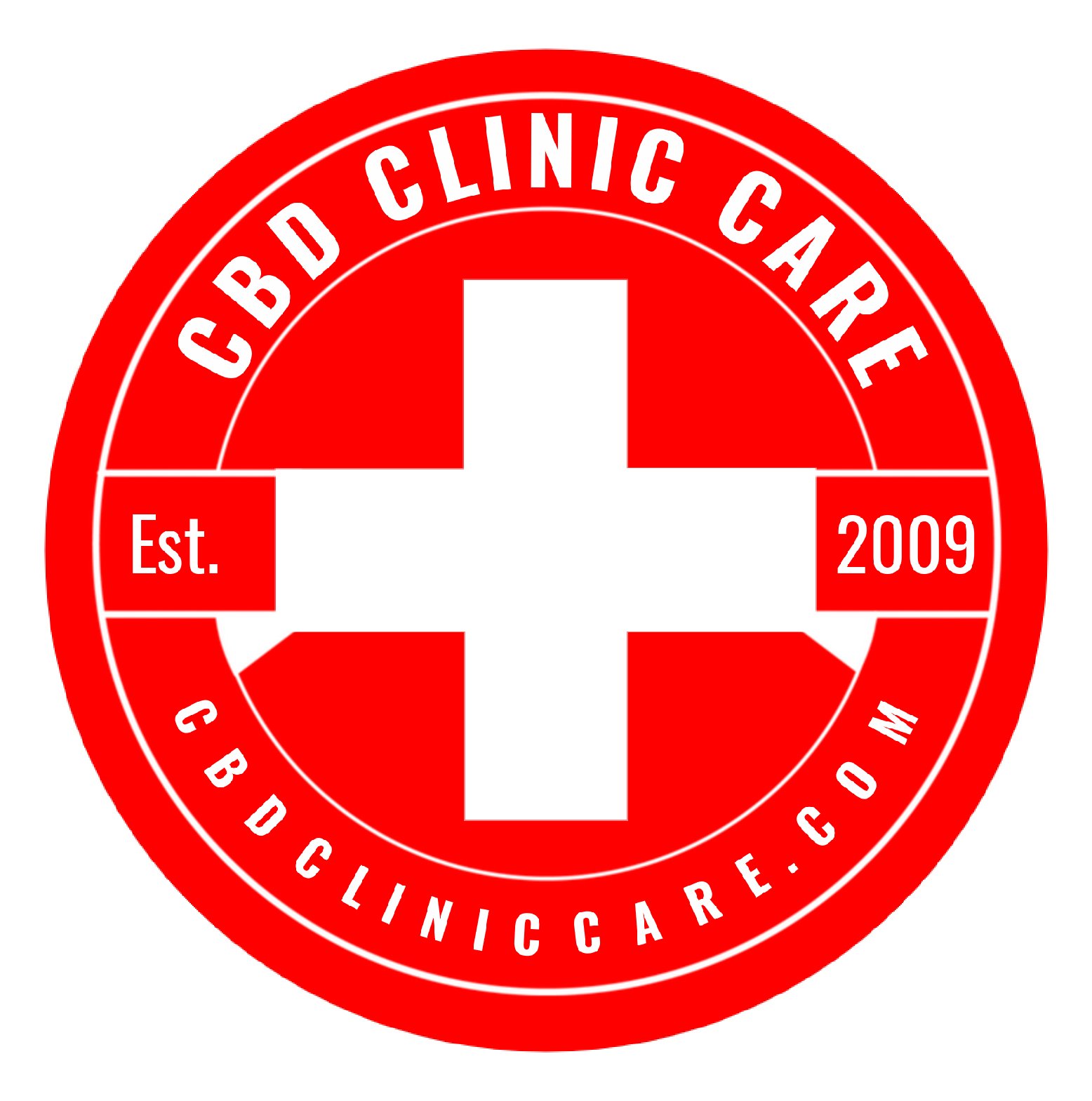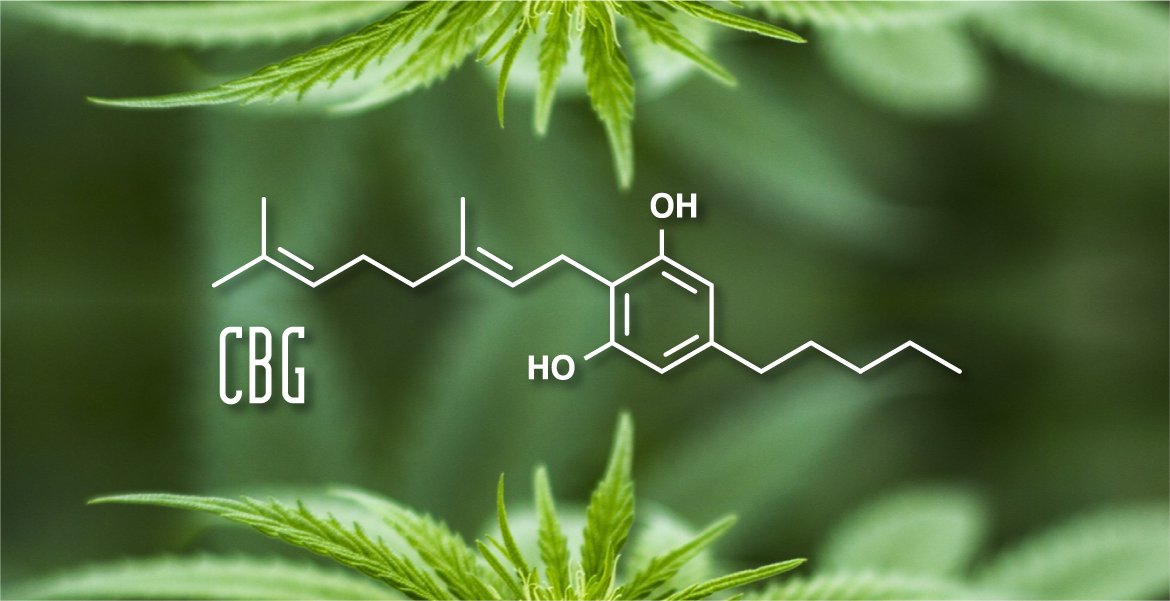Il CBG (cannabigerolo) è di gran lunga uno dei più importanti cannabinoidi della pianta di cannabis. È spesso chiamata “la madre di tutti i cannabinoidi” e ha un potenziale come trattamento per malattie come il diabete, la SLA e la malattia di Huntington, anche se gli studi sull’uomo sono gravemente carenti. Oltre alle sue potenziali applicazioni mediche, come il CBD, il CBG non è considerato intossicante e non vi porterà in alto. Molti degli effetti più popolari e noti del THC e del CBD derivano dalla loro interazione con il sistema endocannabinoide. CBG, tuttavia, opera principalmente attraverso altri meccanismi, il che spiega perché abbia effetti così diversi. Attualmente è in fase di ricerca come trattamento per un lungo elenco di condizioni, come demenza, PTSD, ADHD, malattia di Huntington, SLA, morbo di Parkinson, sclerosi multipla, diabete, colite e, naturalmente, dolore.
Prima isolato da Rephael Mechulam e Yehiel Gaoni nel 1964, CBG è spesso indicato come “la madre di tutti i cannabinoidi”, suggerendo che è superiore ad altri cannabinoidi.
Ciò che la “madre di tutti i cannabinoidi” significa veramente è che il CBGA viene prodotto prima dalla pianta, poi viene convertito in altri acidi cannabinoidi. Quindi in realtà, CBGA è responsabile della creazione di THCA, CBDA e CBCA perché la pianta ha bisogno di CBGA per farli. Questo è importante per gli scienziati che fanno ricerche sulla pianta.
Infatti, il CBG di solito si verifica in concentrazioni molto più basse rispetto ad altri cannabinoidi come THC e CBD – tipicamente intorno allo 0-1% in un fiore di cannabis. Tuttavia, con l’ipertrofia che ha circondato il CBG negli ultimi anni, gli allevatori hanno sviluppato varietà dominanti del CBG e le aziende stanno producendo una moltitudine di prodotti come oli e fiori del CBG.
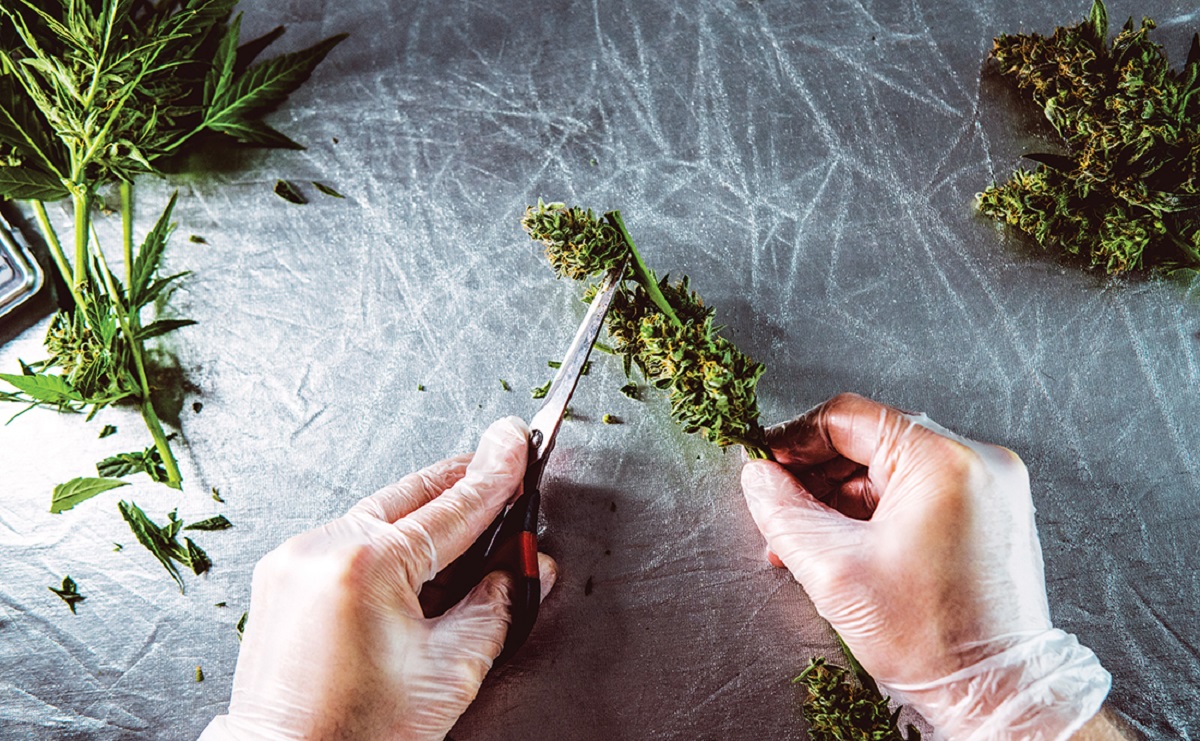
I vantaggi di CBG
CBG presenta un profilo farmacologico ricco che potrebbe potenzialmente avere molti benefici per condizioni neurodegenerative come la malattia di Huntington, la SLA, il morbo di Parkinson e la SM. Può anche essere di grande beneficio in condizioni infiammatorie come la colite, e anche per condizioni metaboliche come il diabete e l’obesità. CBD Clinic Care è orgogliosa di offrire CBG in forma Isolata e Distillata per le vostre esigenze di formulazione.
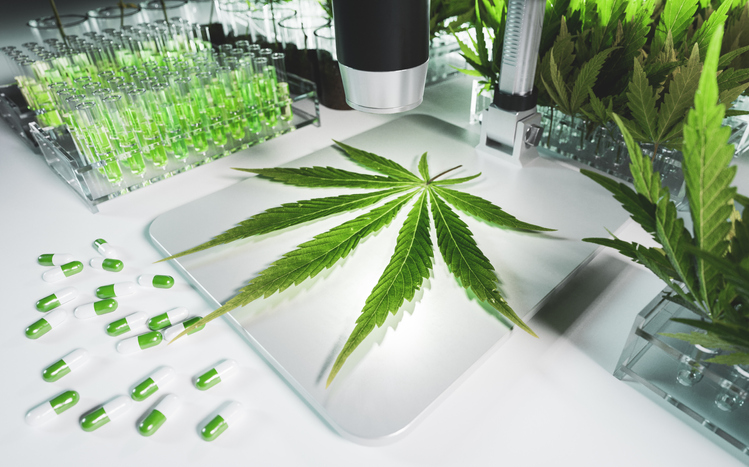
Lately we’ve been hearing more and more about cannabinoids, especially THC and CBD. But you’ve probably never heard of cannabichromene, also known as CBC. Discovered over 50 years ago, CBC is considered one of the six outstanding cannabinoids in medical research. It doesn’t get the same attention as other cannabinoids, but the benefits of the cannabinoid CBC are extremely promising.
CBC has the same origins as THC and CBD, all of which are derived from cannabigerolic acid (CBGA). Cannabis plants produce CBGA, the precursor to three main cannabinoids: tetrahydrocannabinolic acid (THCA), cannabidiolic acid (CBDA), and cannabichromene carboxylic acid (CBCA).
For CBC, it converts from CBGA to cannabichromene carboxylic acid (CBCA), and then finally to CBC after exposure to heat or ultraviolet light.
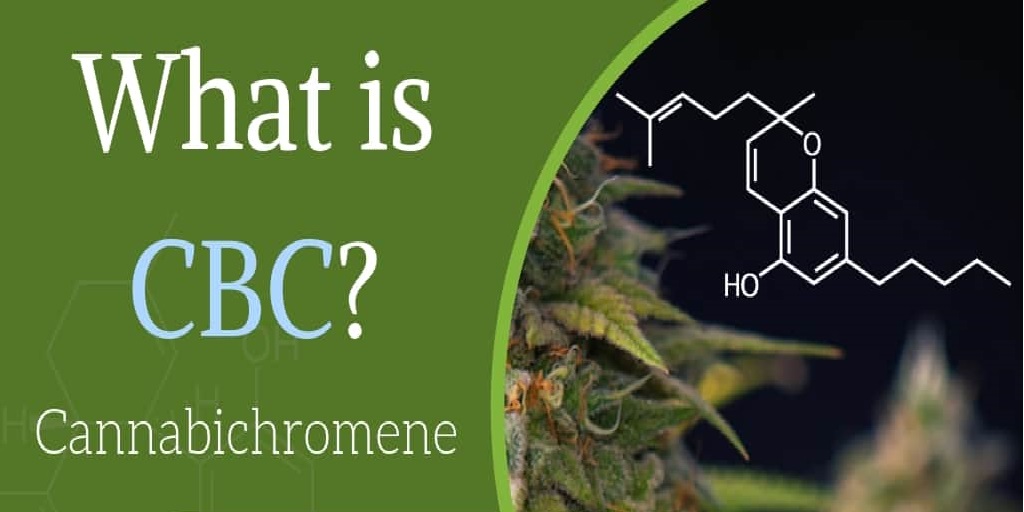
What is CBC?
Cannabichromene belongs to the family of organic compounds known as cannabinoids. Contained in hemp and different varieties of marijuana, CBC is synthesized after CBCA is exposed to heat and light. However, it is different from most cannabinoids because it has a low affinity for our CB receptors. Instead, CBC binds to TRPV receptors involved in the perceptions of temperature changes and other stimuli at the cellular level. Although CBC can bring benefits individually, most studies have examined the effects of CBC along with other cannabinoids such as CBD and THC. Cannabichromene shows excellent synergy with other cannabinoids, but despite being an important compound within the biological structure of Cannabis sativa, it is only produced in small amounts.
CBC does not cause intoxication, it does not produce euphoria, like THC. The reason it is not intoxicating is that it binds poorly to CB1 cannabinoid receptors in the brain. But CBC does bind to other receptors in the body, such as vanilloid receptor 1 (TRPV1) and transient potential ankyrin receptor 1 (TRPA1), both of which are linked to pain perception. When CBC activates these receptors, elevated levels of the body’s natural endocannabinoids, such as anandamide, are released.
CBC has separate benefits, but researchers also believe it works in synergy with other cannabinoids, a term known as the entourage effect. This effect of THC working together with CBD is well known, but it is not known whether other cannabinoids also have an entourage effect.
Cannabichromene has been shown to block the pain and inflammation associated with osteoarthritis. Cannabinoids such as CBC act on inflammation differently than nonsteroidal anti-inflammatory drugs (NSAIDs) and do not have the side effects of these drugs. In another example of an entourage effect, CBC in combination with THC had a significant anti-inflammatory response in an animal study: together, the two cannabinoids produced a much greater effect on inflammation than separately.

CBC Research
The benefits that CBC would have have far-reaching implications. Below are some medical conditions that can be alleviated by cannabichromene.
Cancer
Cannabichromene may be a powerful cancer fighter, and the reason might be its interaction with the body’s natural endocannabinoid, anandamide. CBC also appears to inhibit the uptake of anandamide, allowing it to remain longer in the bloodstream.
A recent study in which tumor growth was initiated in mice (two-stage mouse skin carcinogenesis model) showed cannabinoids might be effective in inhibiting both inflammation and tumor growth. Since anandamide has been shown to fight breast cancer in vitro and in vivo, this shows promise that CBC and other cannabinoids might one day be a chemopreventive agent.
CBC as a potential cancer fighter was first published in a 2006 study that looked at cannabinoids other than THC and their possible effects on cancer. While THC is known for its anti-tumor properties for several different forms of cancer, its powerful psychotropic qualities can make it difficult for chemotherapy use. So far, research has found CBC to be the second-most-potent cannabinoid at inhibiting the growth of new cancer cells (CBG was the most potent).
Pain and Inflammation
Cannabichromene has been shown to block pain and inflammation associated with collagen-induced osteoarthritis. Cannabinoids like CBC act on inflammation differently than non-steroidal anti-inflammatory drugs (NSAIDs) do, and don’t have the side effects of these medications. In another example of the entourage effect, CBC in combination with THC had significant anti-inflammatory response in a recent animal study; together, the two cannabinoids produced a much greater effect on inflammation than by themselves.
Brain Cells
In a 2013 mouse study, CBC had a positive effect on neural stem progenitor cells (NSPCs), a cell essential to healthy brain function. NSPCs became more viable when in the presence of CBC, and that shows promise because NSPCs differentiate into astroglial cells, the most important cells for maintaining brain homeostasis. The astroglial cells perform a whole host of functions, including neurotransmitter direction and defending against oxidative stress. Astroglia counteract many of these issues—oxidative stress, inflammation, toxicity—that create neurological diseases and brain pathologies like Alzheimer’s disease.
Acne
A research team that had previously shown CBD’s effect on acne studied other cannabinoids, including CBC, for the same effects. Indeed, CBC was shown to be a powerful inhibitor of acne. As a skin disease, acne is characterized by excess sebum production and sebaceous gland inflammation. It turns out that CBC exhibited powerful anti-inflammatory properties and also suppressed excessive lipid production in the sebaceous glands. CBC also reduced levels of arachidonic acid (AA), which is needed to create the lipogenesis. More research is needed, but CBC might just one day become a very powerful antiacne treatment.
